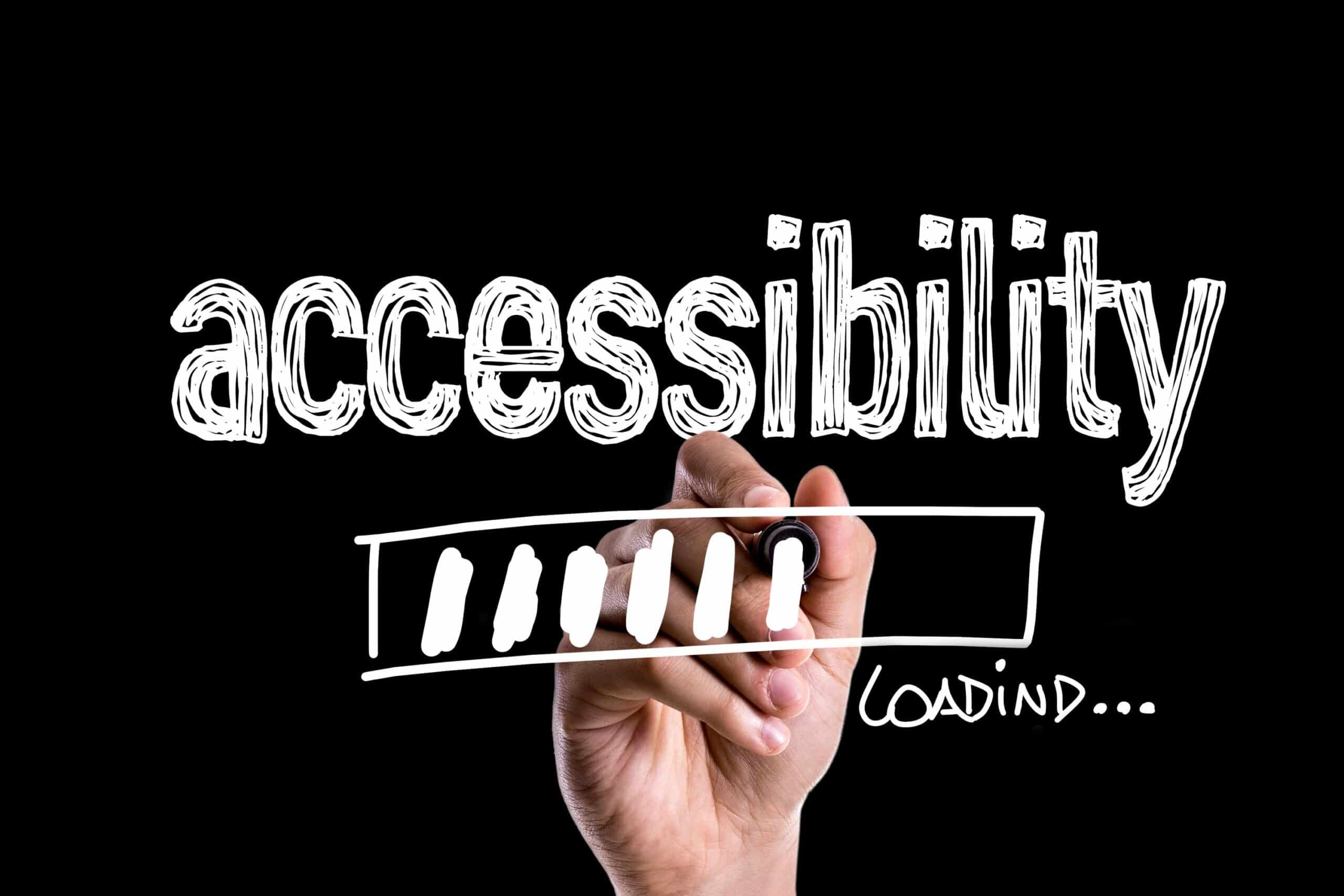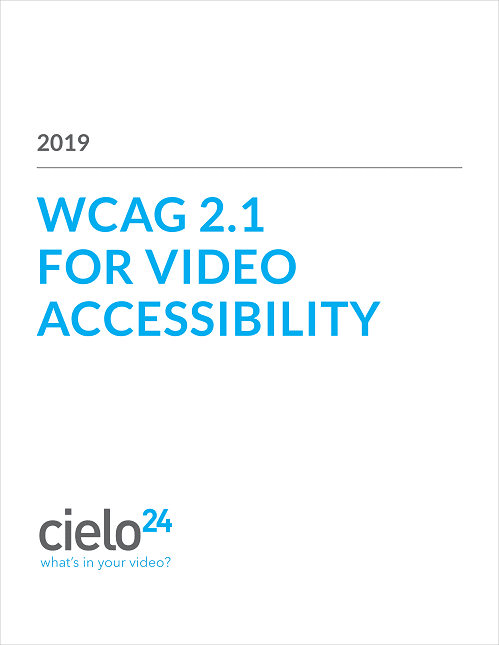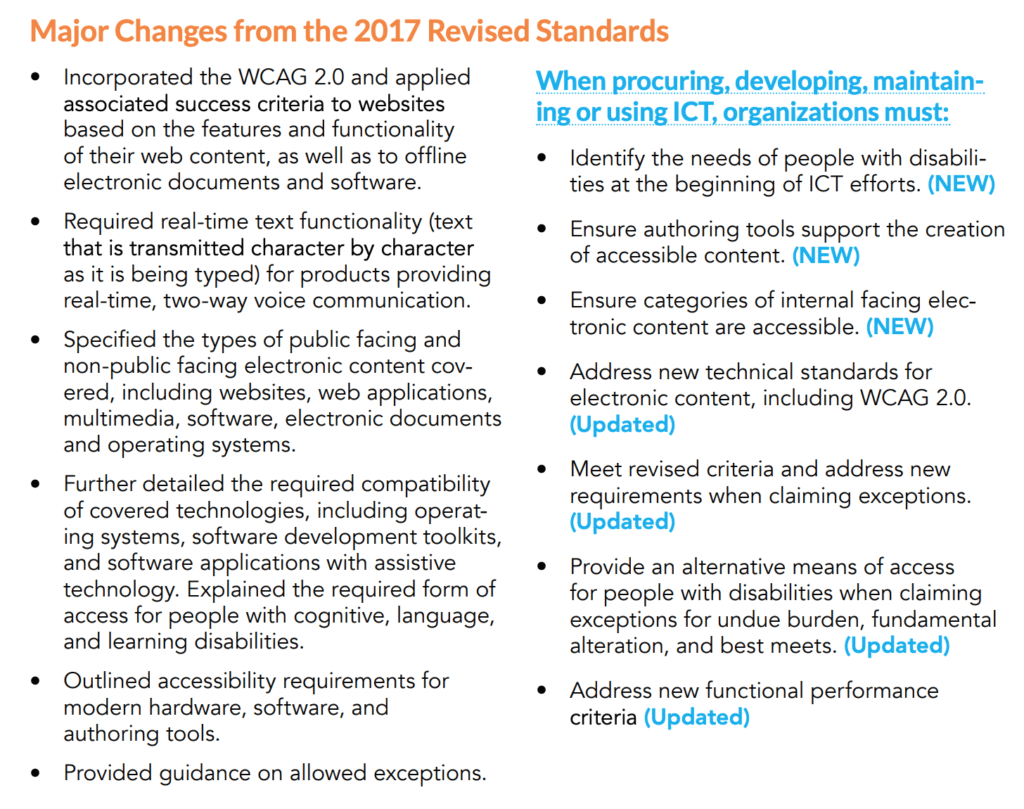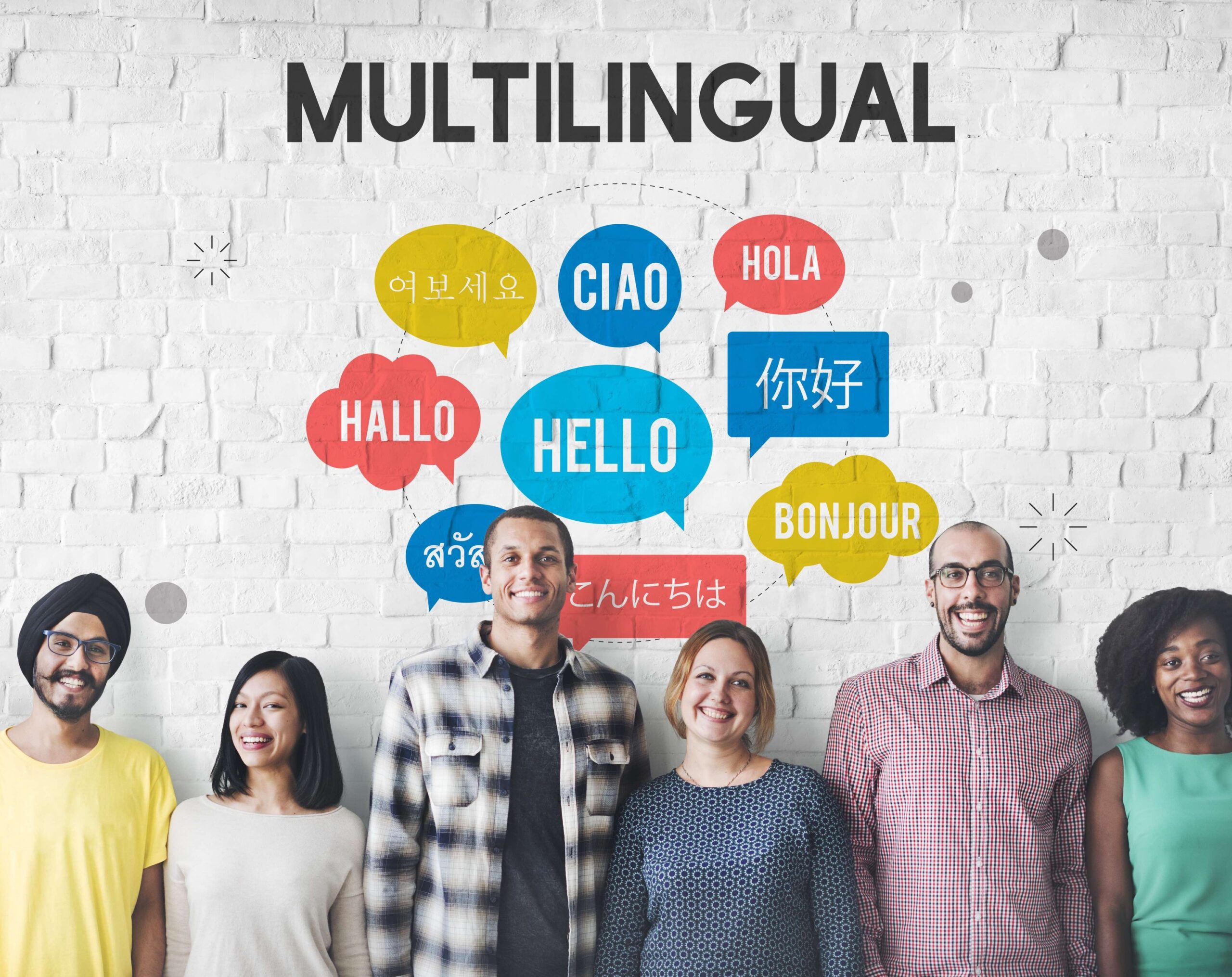
Understanding the Section 508 ICT Refresh
What is the Section 508 ICT Refresh?
Section 508 of the Rehabilitation Act establishes requirements for electronic and information technology (EIT) developed, maintained, procured, or used by the Federal government. The requirements ensure that EIT can be accessed by people with physical, sensory, or cognitive disabilities.
As the internet continues to exponentially progress year over year, federal protections like Section 508 must also keep pace in order to ensure adequate internet accessibility and equal opportunity for all.
As such, on January 18, 2018, the Architectural and Transportation Barriers Compliance Board (Access Board) updated Section 508 of the Rehabilitation Act of 1973, as well as the guidelines for telecommunications equipment and customer premises equipment covered by Section 255 of the Communications Act of 1934.
These changes were intended to ensure continued accessibility access to and usability of information and communication technology by all disabled individuals as technology continues to rapidly advance.


What Are the Section 508 ICT Refresh Requirements?
The original Section 508 Standards were created by the U.S. Access Board in 2000 using WCAG 1.0. In 2015, Section 508 was further updated through the Information and Communication Technology (ICT) Refresh. The changes harmonized Section 508 with facets of the Web Content Accessibility Guidelines 2.0, which function as an international standard for web accessibility. The WCAG 2.0 standard provides a much more comprehensive approach to internet accessibility than WCAG 1.0, which was the original standard used by Section 508 of the Rehabilitation Act.
The new regulations of ICT Refresh incorporated enhanced software, off-line documents as well as internet-related accessibility conformity from the WCAG 2.0. Further, WCAG 2.0 addressed new technologies and recognized that products, plug-ins, and apps have radically evolved and converged over time.
An added advantage of WCAG 2.0 was increased international compatibility. Consistent use of an international constructed set of criteria like the WCAG 2.0 helps spread accessibility awareness and adoption.
WCAG 2.1 was finalized in June of 2018, but Section 508 has not yet been updated to reflect the 17 new success criteria of WCAG version 2.1. However, v2.1 is backward compatible, so it is recommended that organizations adopt the 17 new criteria in addition to the current WCAG 2.0/ Section 508 standards already in existence.
Major Changes from the 2017 Revised Standards
The Access Board issued a correction to the 2017 Section 508 revisions in January of 2018, finalized and made effective on March 23, 2018. These corrections were to address several “inadvertent drafting errors,” per the official summary judgment. These included two typographical errors and one unintentional deletion of “longstanding requirements for TTY compatibility and functionality that have been in place for nearly two decades,” that held no substantive changes. These items were amended only to proactively prevent potential confusion.

WCAG 2.0 Captioning Requirements
WCAG’s Guideline 1.2 Time-based Media contains the requirements for making audio and video perceivable to people with sensory disabilities.
Success Criteria 1.2.2 and 1.2.4 address captioning:
- 1.2.2 CAPTIONS (PRERECORDED): Captions are provided for all prerecorded audio content in synchronized media, except when the media is a media alternative for text and is clearly labeled as such. (Level A)
- 1.2.4 CAPTIONS (LIVE): Captions are provided for all live audio content in synchronized media. (Level AA) Success Criteria 1.2.2 and 1.2.4 can be met by providing open or closed captions that include all dialogue and non-speech information conveyed through sound, including meaningful sound effects, and identify who is speaking.
So, if your captions omit dialogue, don’t reflect the actual dialogue because of misspellings, and do not describe important sounds, they will not be sufficient for WCAG conformance.
Who is Subject to Section 508?
Section 508 of the Rehabilitation Act covers federal programs and services in regard to electronic and information technology. All ICT that is procured, developed, maintained, or used by agencies shall conform to the Revised 508 Standards. Beyond federal programs and services, many states reference Section 508 standards and require compliance with the federal law.
Section 508 ICT Refresh Video Captions
 Thanks to developing domestic and international accessibility standards, adding audio and media captions has become cost-effective. cielo24 offers accessibility-ready video captioning for $1/minute, built around your specific business needs, with a full suite of features like 16+ foreign language translations, advanced media data, and our video wrapper.
Thanks to developing domestic and international accessibility standards, adding audio and media captions has become cost-effective. cielo24 offers accessibility-ready video captioning for $1/minute, built around your specific business needs, with a full suite of features like 16+ foreign language translations, advanced media data, and our video wrapper.
For more information on our video transcription, captioning, and video intelligence solutions, contact us online or call us at 1-855-243-5624.
cielo24 is removing barriers to increase video marketing ROI, searchability, and compliance for all your videos!
Take a Video Captioning test-drive >>
The Rise of Multiple Foreign Language Captions in Film and Media
If you are not aware of the rise of multiple foreign language captions in film and media….then listen up and we will cover the basics. As multiple foreign language captions Read More…


